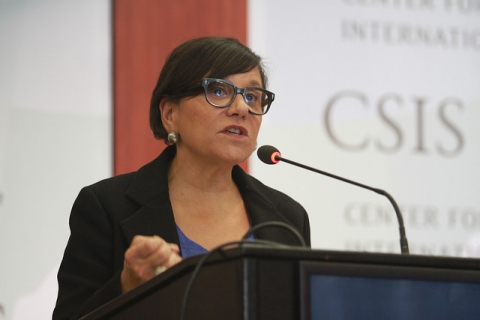Nov022016
Posted at 5:43 PM
Smaller than the size of a fingernail, semiconductors drive the digital economy and have put the whole of human knowledge at our fingertips. Over the last half century, they have become one of the world’s most important technologies and the basis of America’s most critical industries. Today, the U.S. semiconductor industry directly employs a quarter-of-a-million high-skilled workers and indirectly supports over a million more. It is the third largest source of U.S. manufactured exports.
Through hard work, extensive R&D, extraordinary investment, and a relentless commitment to innovation, U.S. firms have become the world’s leading semiconductor companies, and American leadership in this industry continues to this day.
The global semiconductor industry, however, is beginning to face tremendous uncertainty and challenges, particularly as the pace of innovation slows and other countries implement policies that distort the market. State-driven interference, such as China’s investment of its government’s resources to displace foreign companies in its domestic market, has the potential to create overcapacity in the global marketplace. Such overcapacity can artificially reduce prices for semiconductors, cost jobs in both the U.S. and around the world, and cause significant damage to the industry globally.
During a keynote address at the Center for Strategic and International Studies (CSIS) event on semiconductors, U.S. Secretary of Commerce Penny Pritzker discussed these concerns and underscored the Obama Administration’s commitment to enforcing global trade rules that discourage unfair trade practices in the semiconductor industry. She also stressed that the Administration supports the private sector as they tackle these challenges. Secretary Pritzker’s speech coincided with the President’s Council of Advisors on Science and Technology (PCAST) announcement of a high-level working group that will examine the challenges facing semiconductor technology. The group will release a report before the end of the Administration that outlines their findings and provides the next President with a blueprint for action.


